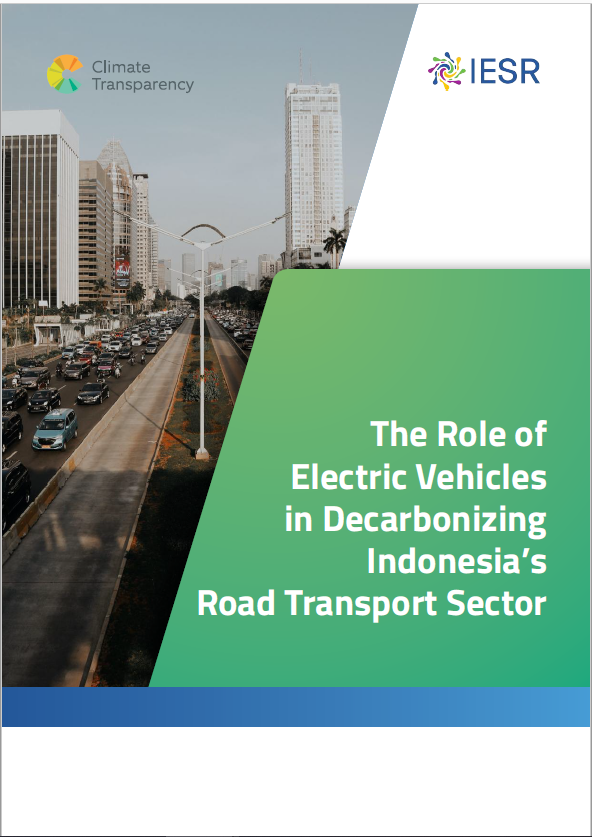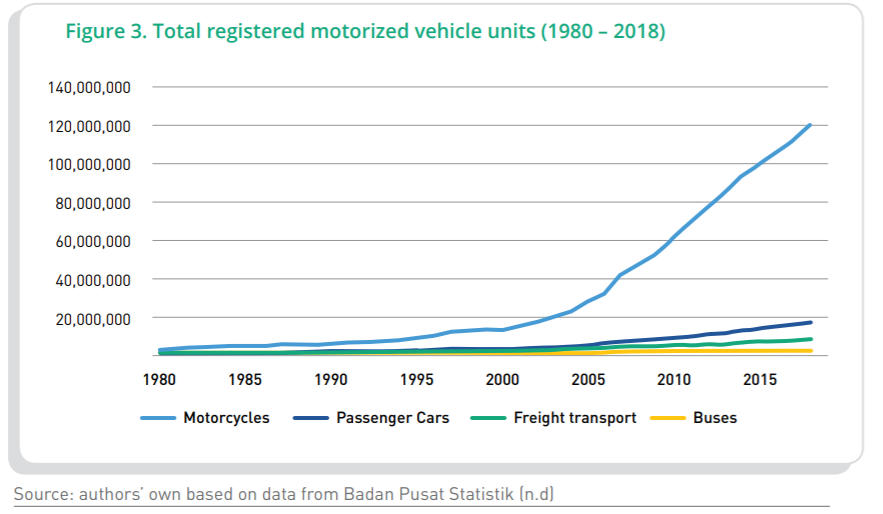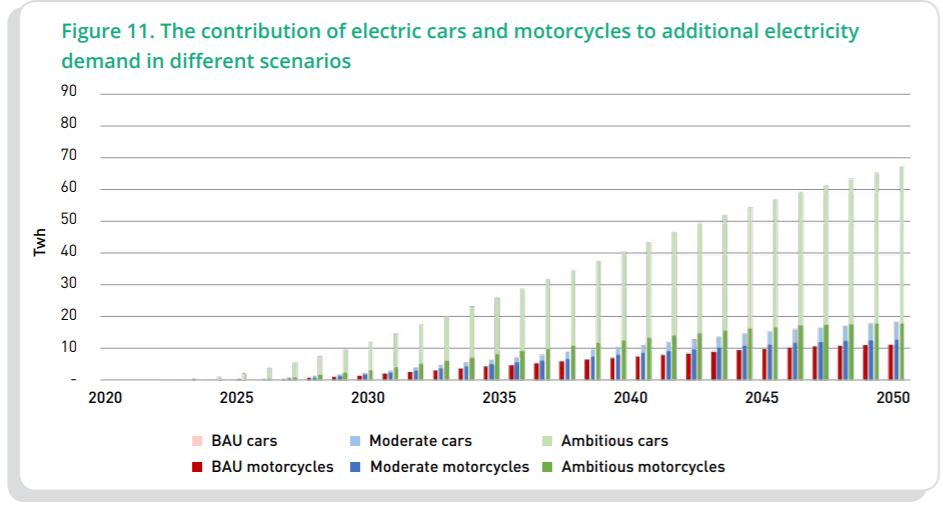In Indonesia, the transport sector contributed 28% of energy-related greenhouse gas (GHG) emissions in 2018, mostly from road transport. At the same time, in 2018, transport contributed 45% of the final energy consumption. About 94% of this energy consumption comes from petroleum fuel combustion.
Mobility in Indonesia is dominated by road transport, with 90% of passenger and freight transport served by this mode. Within road transport, private passenger vehicles (motorcycles and cars) dominate the fleet. Given the growth of motorcycles and cars, there is an opportunity to GHG reduce emission through electric vehicles adoption in these modes.
Many countries have experienced high penetration rates of EVs and provide others with examples of policy instruments that are important in driving the adoption, especially through demand-side policy instruments. These instruments can be categorized into onetime fiscal incentives (e.g. tax exemptions, carbon cost to vehicle price); recurring fiscal incentives (e.g. carbon price as fuel tax, dynamic electricity tariff for EV charging); regulatory incentives (e.g. mandatory fuel economy, exhaust gas standards); and non-financial incentives (e.g. charging infrastructure development, access to special lanes, road toll exemptions, free parking, and access to low emission zones).
This policy paper provides directions for policy makers to explore suitable policy instruments to facilitate deployment of electric vehicles technologies and to build the electric vehicle market in Indonesia, as well as to maximize its potential to contribute to climate mitigation ambition.










